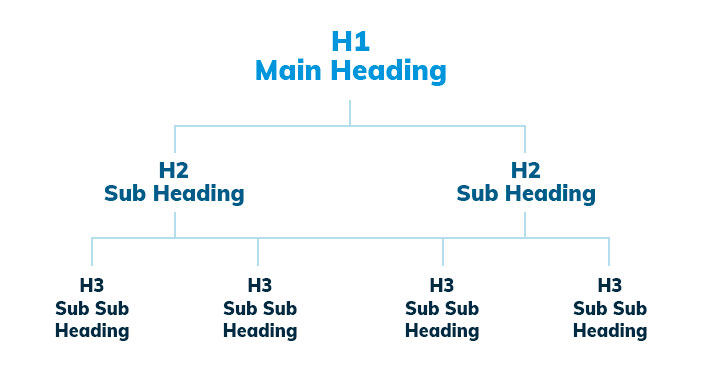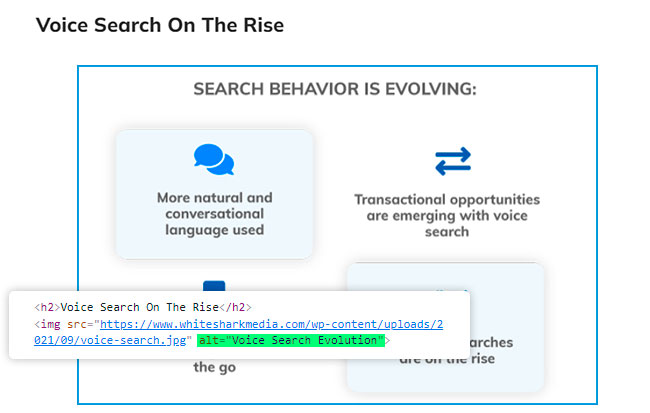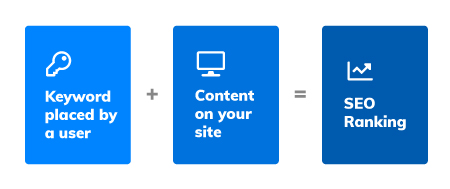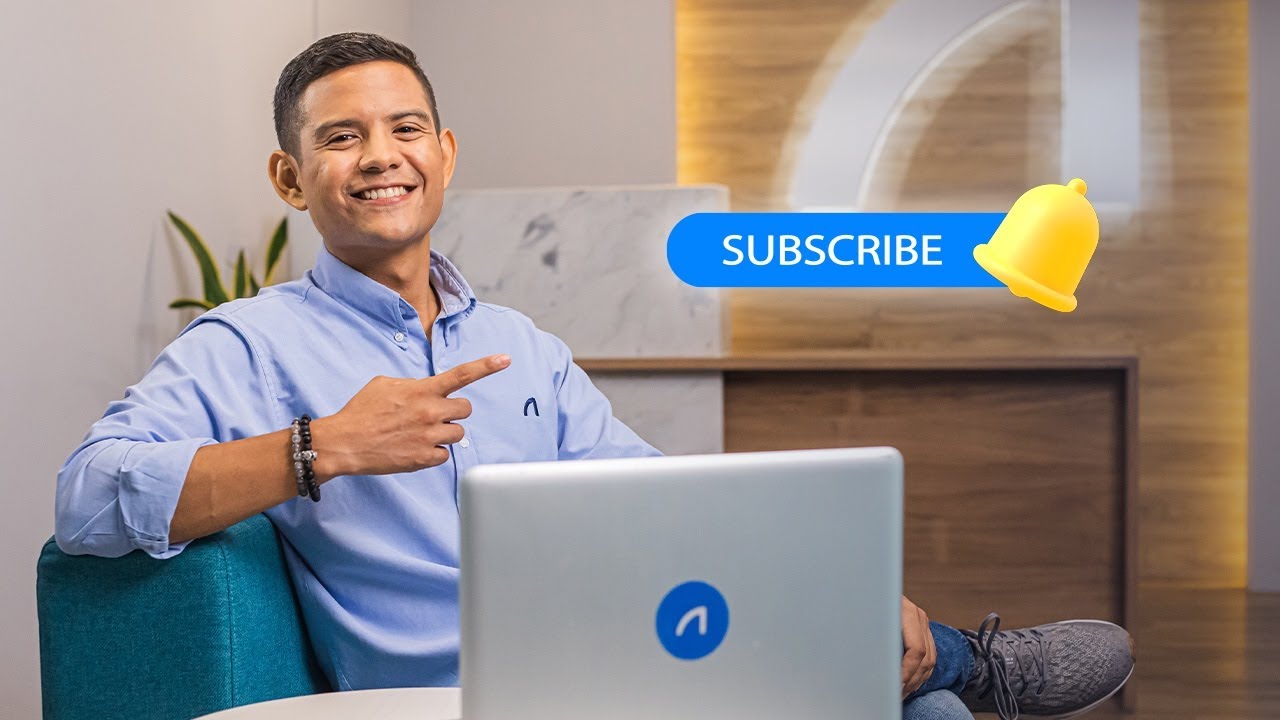[display-name-category]
[post_author]
Search engine optimization (SEO) strategies are known for their complex nature. The goal of practicing SEO is simple: Improve your website’s ranking on search engines.
Search platforms like Google or Microsoft recommend websites to users based on algorithms that evaluate the relevance of a query to various organic ranking factors.
This sorting builds trust with users as the quality of top placements is usually precisely what they seek.
A Deeper Understanding Of SEO Ranking
So what are the influential elements that you should be paying closer attention to when mapping out your SEO ranking strategy? Here is what contributes to Google’s algorithm:
- Domain: How long has it been around, the length, and how well it states its relation to the industry.
- User experience (UX): How friendly the interface is for the users and site engagement.
- Page speed: According to Kissmetrics, if a website takes more than 3 seconds to load, 25% or more users will leave, affecting bounce rate
- Authority: Using the backlinks profile as a reference, describes how relevant the site’s content is for the industry to which it belongs.
- Relevance: Original and accurate site content related to the keyword topic, will be seen as the highest relevance to the search query.
- Content: Keywords are the backbone of every strategy to improve SEO ranking. Multimedia content such as images, videos, infographics, etc., improves a website’s engagement and, consequently, relevance. Irrelevant content will harm your site’s ranking.
Tie It All Together
This article will walk you through efficient ways to address this list of Google SEO ranking factors without ever breaking a sweat.
The pillars for an effective approach to SEO ranking management are:
- On-Page optimizations
- Off-Site profile
- Quality content creation
- Technical optimizations
Increase Relevance With On-Page Optimizations
Improving the existing content on landing pages is a simple enough practice, but it takes a little time. If done right, your website can become unique and credible in your industry. Consequently, the improvements help search engines find, source and choose your site above the rest.
The new strategy of focus should align with the search intent of your target audience. Your content should assist search engines and users in obtaining the information needed. For this purpose, we recommend optimizing:
Meta Tags
Meta tags are pieces of code in the HTML that summarize website content. These sections highlight unique selling points on what makes your business special and the value you bring over competitors.
Meta tags include:
- Meta titles: Titles help identify the context of a body of text, as do meta titles for a webpage. An example of a meta title below: “PPC Management Service For Advertisers | White Shark Media.”
- Meta descriptions: Descriptions allow more characters for a summary. These blurbs go underneath the title.

Some best practices for meta tags are:
- Use your keywords
- Communicate your value proposition
- Include your brand if possible
- Write unique meta tags for each landing page
Headings and Hierarchy
Headings guide search engines and visitors to identify what a page or section discusses—precise headings flag content for Google.
Potential customers visiting your site are probably skimming through your content before they read it. Headlines help readers decide if you’ve got the information they need.
Well-written headings activate a clear hierarchy of topics and improve readability–contributing to a good user experience. Following the example of ContentKing’s illustration, a proper headings structure should have:
- One H1 (the main title)
- Numerous main sections as H2
- If there’s a subsection, categorize this as an ‘H3’ heading
- You can even add H4 to H6 headings

Alt Texts for Images
Also known as “alternative text”, these texts are part of the HTML code that provides a little more information about the elements featured on your page, such as images. Without alt texts, search engines can’t classify images.
Making it easy for Google to understand the elements on your page especially its visuals gives you a higher chance at increasing your SEO ranking performance.
Let’s perform the exercise: An alt-text that corresponds to the image is ”Voice Search Evolution”

Enhance The Off-Site Profile for Authority Building
Just like humans function, the buzz around an idea generates importance. If others are referencing your site, it insinuates that you are a credible and relevant source, from this your site will acquire a better organic ranking.
Authority building is when third-party websites hyperlink to your site through their content
The more backlinks from a high authority site your site has, the higher your page will rank in SERPs. These links are called backlinks, and they are a strongly influential part of your SEO strategy.
The most common types of backlinks are “do follow backlinks” and “no follow backlinks”.
Do Follow Backlinks
These are backlinks generated in an unpaid and organic way.
For example, if your article serves relevant content for another site, they might use its information with a hyperlink to your article, giving you credit as a credible source.
When coding as “do follow” in your web content, it confirms to search engines that this third-party content is relevant for the information on your site.
As stated in the Spyfu article, with do follow backlinks you are saying, “the content on the other end of this link is important and should be noted.”
No Follow Backlinks
On the contrary of “do follow” backlinks, these are links you don’t want search engines following these links. Flagging these links as “no follow” tells search engines that they aren’t important enough to follow.
It’s common for every site to have both types of backlinks.
Content Is Just As Essential
This equation explains what occurs when users enter a search query:

A key piece to the overall SEO strategy is to double-check that the content of the site matches with the user’s query. We highly recommend the query be instanced at least 5 times through the landing page.
Let’s begin at the top with content strategies that enhance SEO ranking.
Content Strategy
You hear a great deal about content because its visuals and text lure in your audience.
The rumor is true, the denser in content, the better the results. That’s because the frequency and quality of keywords affect the SEO score.
Within your strategy, you’ll have keyword lists:
Keywords
A content strategy requires a solid selection of keywords. The first step towards putting this list together is to conduct keyword research. This type of research consists of:
- Current ranking for those keywords.
- Keyword difficulty
- Competitors’ insights
- Online trends and demand
- Search intent
Blog Articles
Once you have a specific list of keywords, your team should use them accordingly in new content.
Pro-tip: Our writers add optimized content every month through blog articles. We recommend you do the same.
When search engines offer the content on your site to answer user queries, your site’s position improves, resulting in a boost in organic traffic and ranking
Search engines deem your site more relevant when engagement metrics improve. Concerning blog reading, users tend to stay longer on a page, improving the average session duration of your site.
Multimedia
Now that text has been addressed, let’s talk about multimedia content optimization (images, videos, infographics, etc.).
It is no surprise that an image speaks louder than words and therefore tends to be more engaging for a landing page.
But multimedia content won’t do the work unless you put in the optimization effort.
Improve conversion rates and drive business by monitoring:
- Size: A fast-loading site will prevent people from bouncing off your page because of delays
- Quality: Well compressed quality content will be better perceived by the audience
- Alt-text: A code description will make it more straightforward for search engines to index
- Relevance: How accurate is the information and keywords on the landing page
- Format files: Not all browsers will read any file. Choose the most common ones
Technical Optimizations
The ultimate SEO goal is to secure top positions in the SERPs. Yet, what happens if your site is not being taken into consideration by the search engines?
When this occurs, you will need to perform some technical optimizations.
Make sure your site is easily crawled and indexed by implementing files and information for robots to understand:
- Sitemap file: A list of all the URLs on the site that should be indexed.
- Robots.txt file: Instructions regarding which URLs should be indexed and which should not.
- Structured data: Organizes information about the content of a specific landing page.
The Essence of an Effective Strategy For SEO Ranking
As you’ve learned, a proper SEO strategy covers on-site content, off-site technical elements, and best practices.
Now is the time to take action! Implementing the recommendations above, you’ll see a significant impact on your organic rankings. Users around the world trust the websites that are in top positions on the SERP, which is why SEO is fundamental in digital marketing plans to grow an online business.
Still struggling to figure out the right SEO plan for your business, especially SEO ranking? Check in with one of our experts in SEO consulting to find the right blueprint for you.







